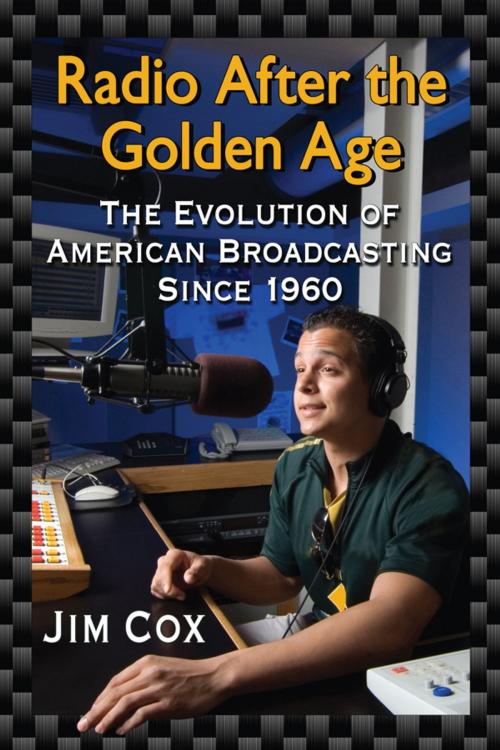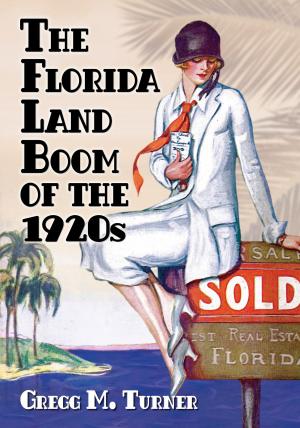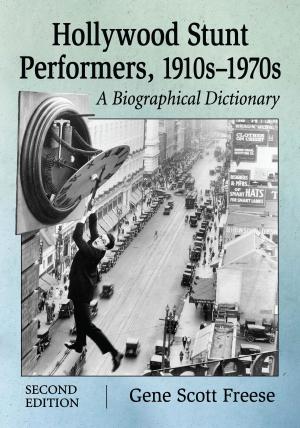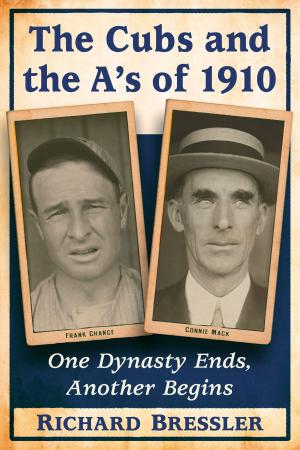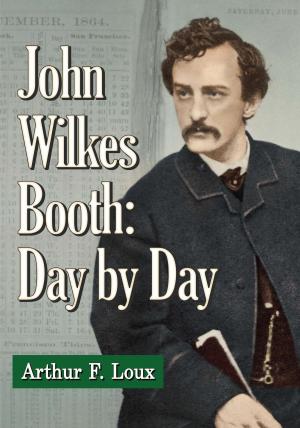Radio After the Golden Age
The Evolution of American Broadcasting Since 1960
Nonfiction, Entertainment, Performing Arts, Radio, Social & Cultural Studies, Social Science, Cultural Studies, Popular Culture, Business & Finance| Author: | Jim Cox | ISBN: | 9781476612096 |
| Publisher: | McFarland & Company, Inc., Publishers | Publication: | September 19, 2013 |
| Imprint: | Language: | English |
| Author: | Jim Cox |
| ISBN: | 9781476612096 |
| Publisher: | McFarland & Company, Inc., Publishers |
| Publication: | September 19, 2013 |
| Imprint: | |
| Language: | English |
What became of radio after its Golden Age ended about 1960? Not long ago Arbitron found that almost 93 percent of Americans age 12 and older are regular radio listeners, a higher percentage than those turning to television, magazines, newspapers, or the Internet. But the sounds they hear now barely resemble those of radio’s heyday when it had little competition as a mass entertainment and information source. Much has transpired in the past fifty-plus years: a proliferation of disc jockeys, narrowcasting, the FM band, satellites, automation, talk, ethnicity, media empires, Internet streaming and gadgets galore… Deregulation, payola, HD radio, pirate radio, the fall of transcontinental networks, the rise of local stations, conglomerate ownership, and radio’s future landscape are examined in detail. Radio has lost a bit of influence yet it continues to inspire stunning innovations.
What became of radio after its Golden Age ended about 1960? Not long ago Arbitron found that almost 93 percent of Americans age 12 and older are regular radio listeners, a higher percentage than those turning to television, magazines, newspapers, or the Internet. But the sounds they hear now barely resemble those of radio’s heyday when it had little competition as a mass entertainment and information source. Much has transpired in the past fifty-plus years: a proliferation of disc jockeys, narrowcasting, the FM band, satellites, automation, talk, ethnicity, media empires, Internet streaming and gadgets galore… Deregulation, payola, HD radio, pirate radio, the fall of transcontinental networks, the rise of local stations, conglomerate ownership, and radio’s future landscape are examined in detail. Radio has lost a bit of influence yet it continues to inspire stunning innovations.
